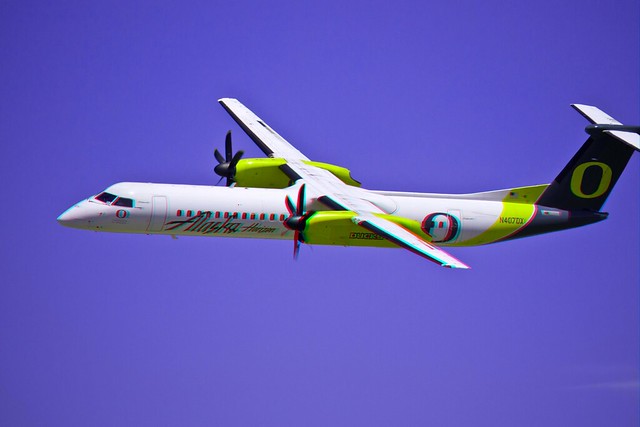Thinking of flying a quad copter but you have no experience? And you need to teach yourself?
My recommendation, and that of others, is to start with an inexpensive radio controlled toy. You will crash. You will break stuff. And fixing an inexpensive RC toy costs a lot less than a $1,000 or $4,000 multi-copter.
I have the Hubsan X4 with its integrated 720p video camera. They are available at Amazon:
The camera is okay but its not anything fantastic. It’s a fun to have feature but if your goal is learning to fly, you can get a version without the camera for about half the price:
I also recommend a “crash pack” or at least an additional set of blades, plus spare batteries:
I have this set of 5 extra batteries and they work just fine. Keep in mind that on a small quad copter like this, your battery life may be only 5-8 minutes, depending on whether the camera is turned on, the LED lights are turned on, or if you have the rotor protection ring installed (adds weight). You will be changing batteries frequently.
<
In spite of your best intentions, you will hit stuff and a blade or two will go flying and may become very hard to find. I once hit the ground hard out in front the house and one of the blades hit a brick and just vanished. I had the video camera going at the time and watched that frame by frame in hopes I’d spot the blade, but didn’t. Not until a week later did I find it about 25 feet away. Order a set of extra blades.
I need to put together a tutorial on setting up and configuring the Hubsan as the instruction booklet was not very clear to me – and I even have a pilot’s license:)
The key is that you need to calibrate the control system so that everything is balanced. This basically means setting the “trim” tabs for roll, pitch and yaw. And you do that by briefly powering up on grass or indoor carpet (if indoors USE THE BLADE PROTECTOR that is hidden underneath the plastic packaging in the box).
If the quadcopter drifts sideways or forwards or back, you’ll need to adjust the trim tabs on the flight controller. There is no easy way to describe this in words – I really need to make a tutorial video. Once you figure out how to do this, the process is simple. And the goal is that the quadcopter will roughly hover and drift very slowly once it is trimmed up properly.
After that, start practicing. It took me many flights to reach a point where I could stationary hover and maintain altitude. And then more practice flights to learn to maneuver. And that was all done in the living room. Then more practice outdoors in the yard.
ALWAYs move the controls slowly. Don’t let the aircraft get away from you. If you feel you are about to crash and perhaps fly off, reduce the throttle and land. Get yourself re-oriented and start over.
I really need to make a tutorial video to explain this!
 Alaska/Horizon have painted one aircraft with the logo and colors of each college/university for the towns they fly too. They fly to Eugene, OR, home of the University of Oregon – and this is the aircraft painted in the UofO scheme. They’ve done this for many college towns, including, for example, Washington State University in Pullman, WA.
Alaska/Horizon have painted one aircraft with the logo and colors of each college/university for the towns they fly too. They fly to Eugene, OR, home of the University of Oregon – and this is the aircraft painted in the UofO scheme. They’ve done this for many college towns, including, for example, Washington State University in Pullman, WA.



